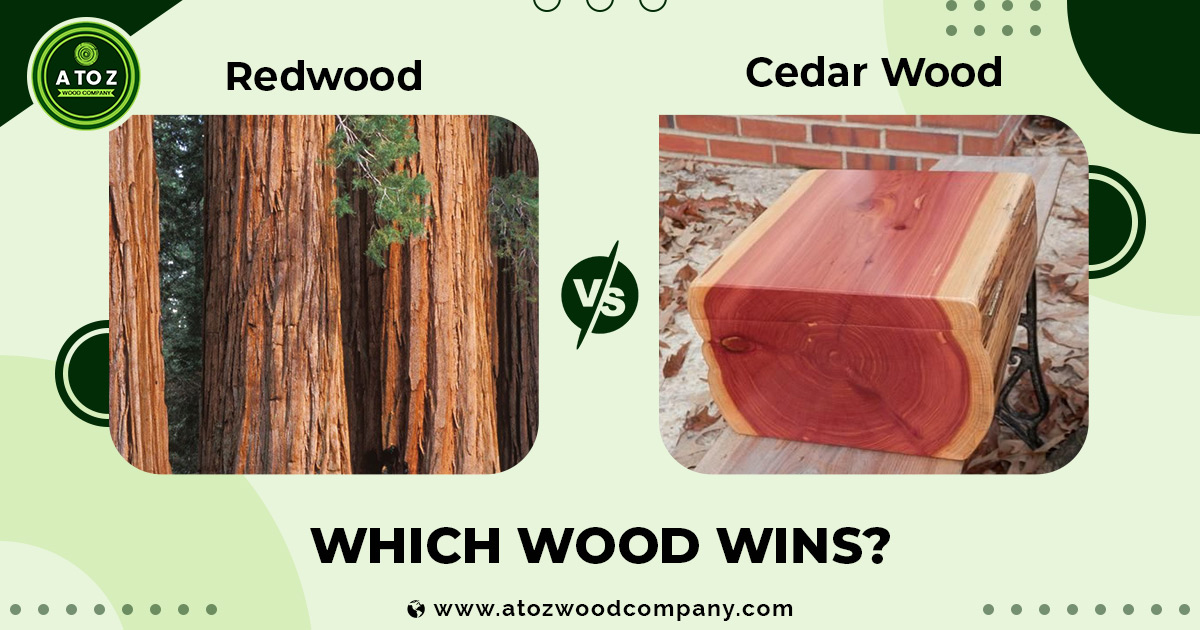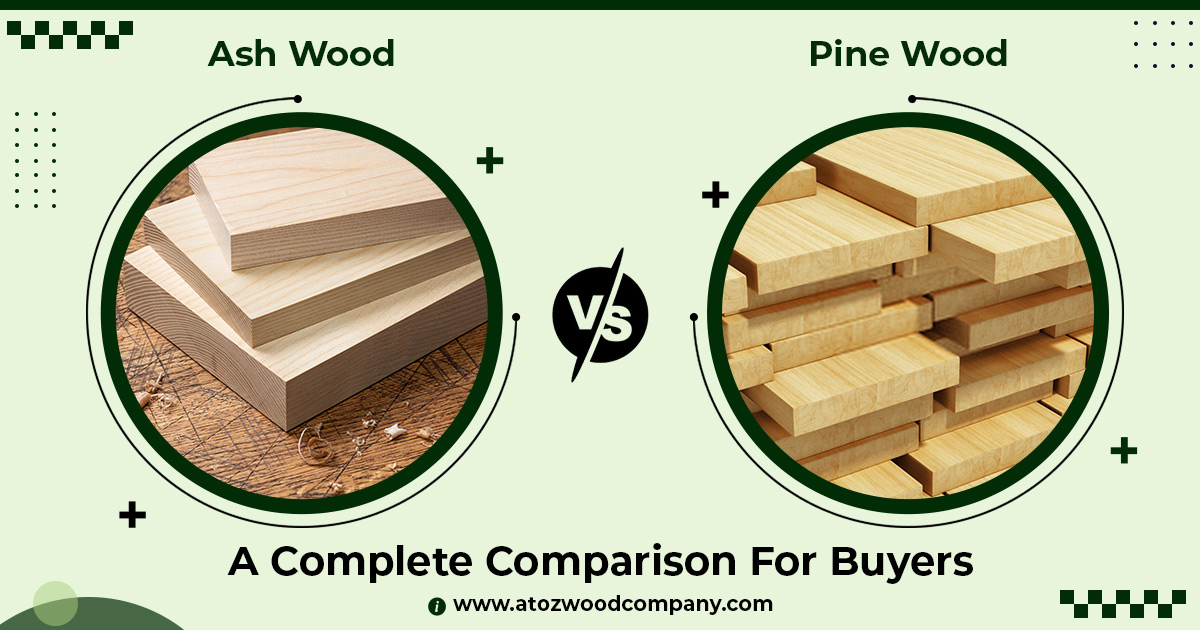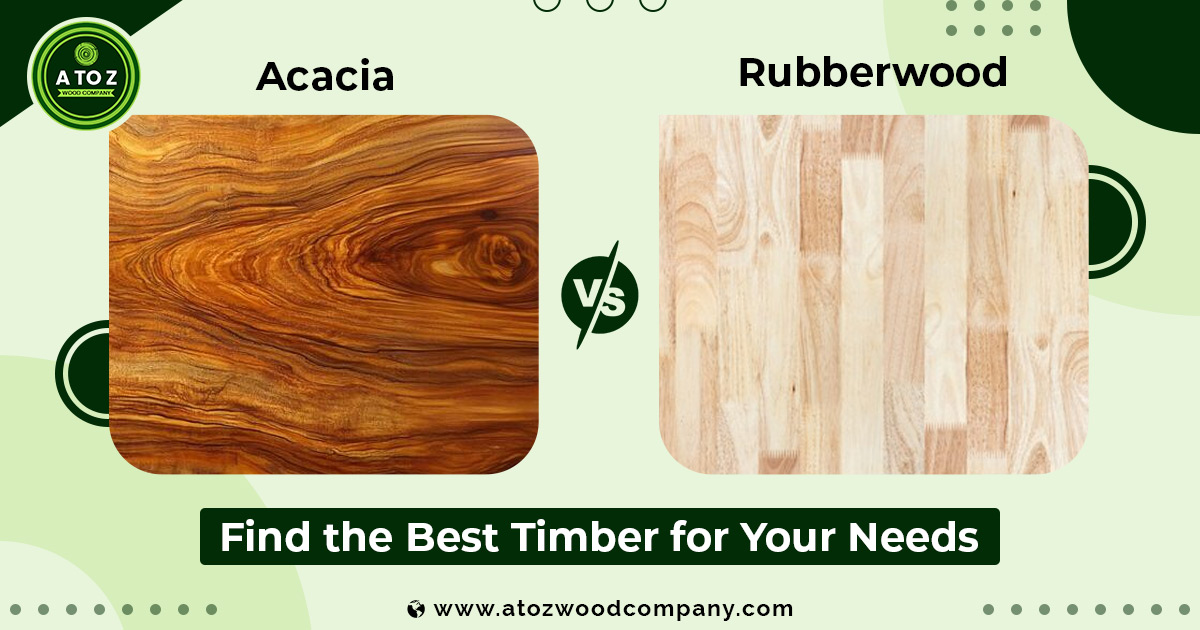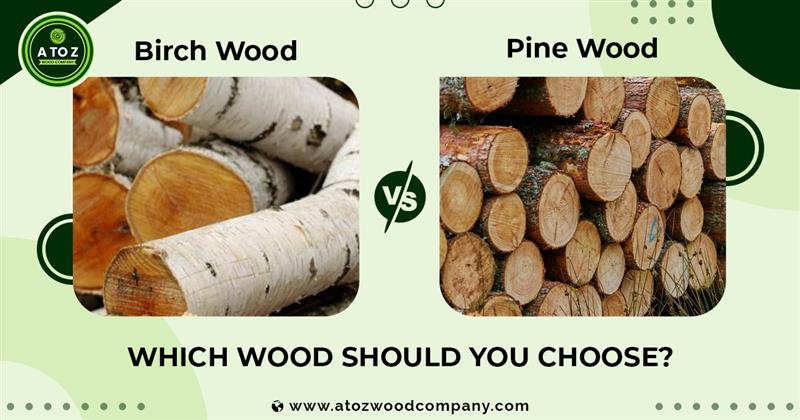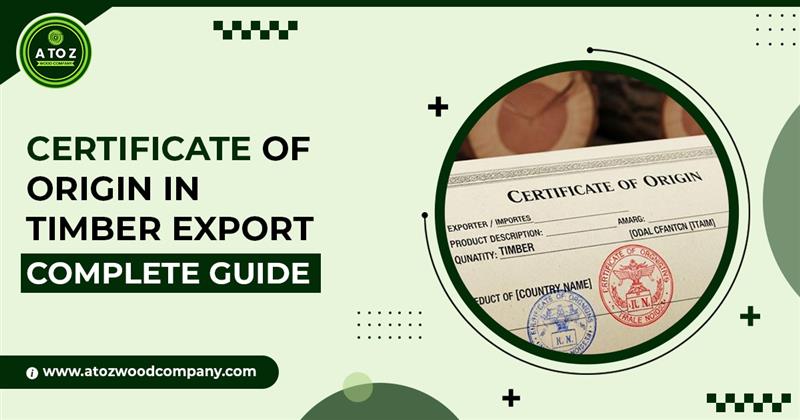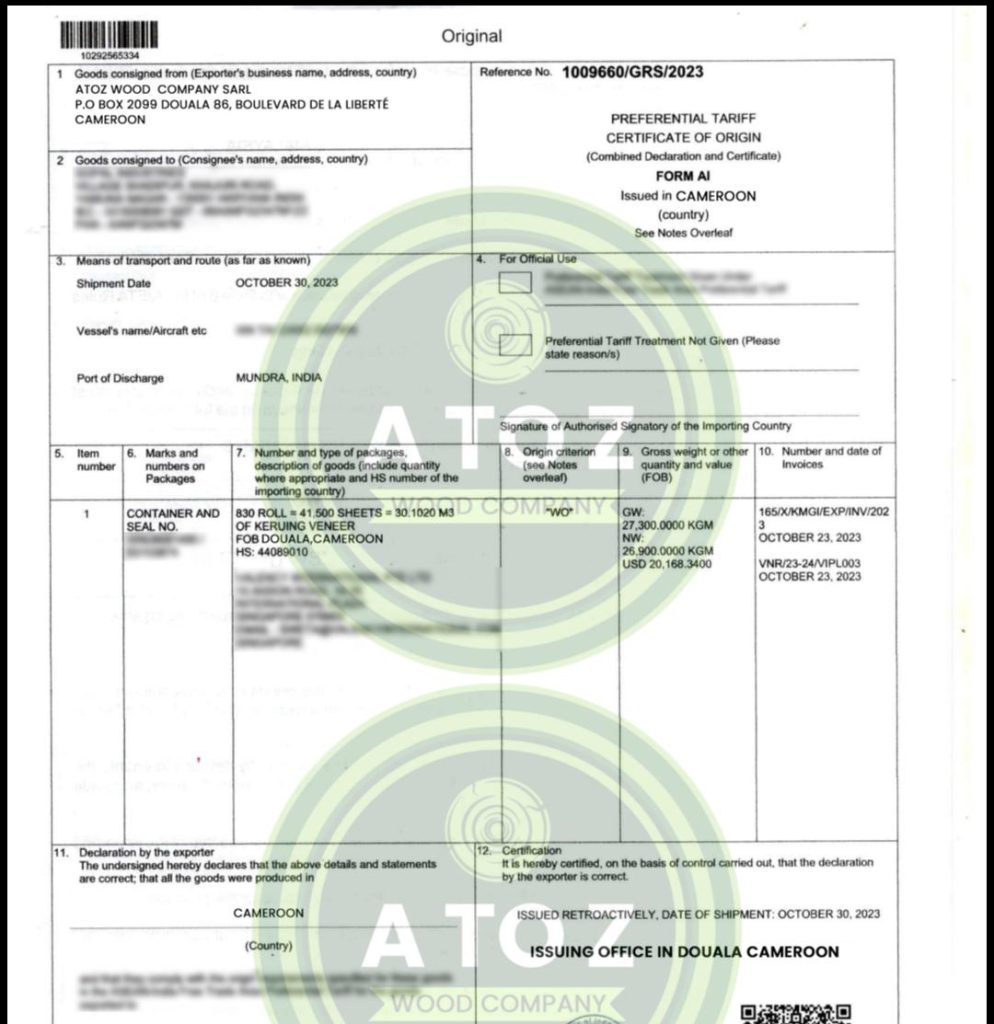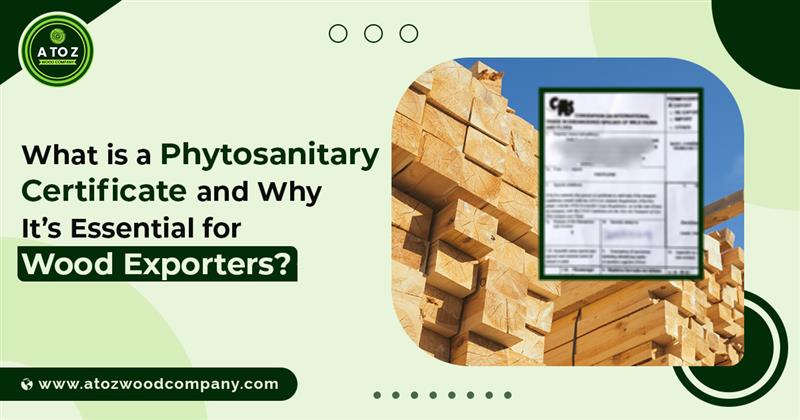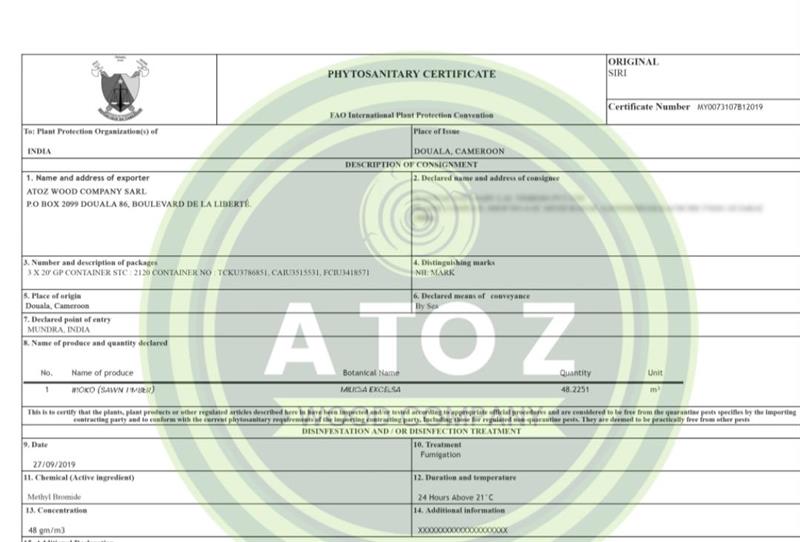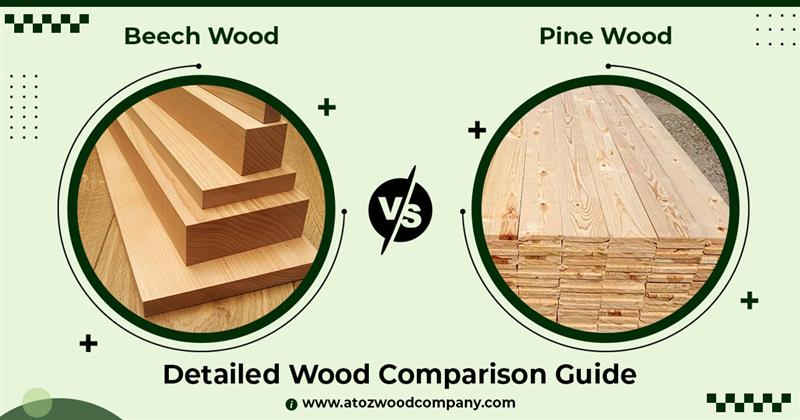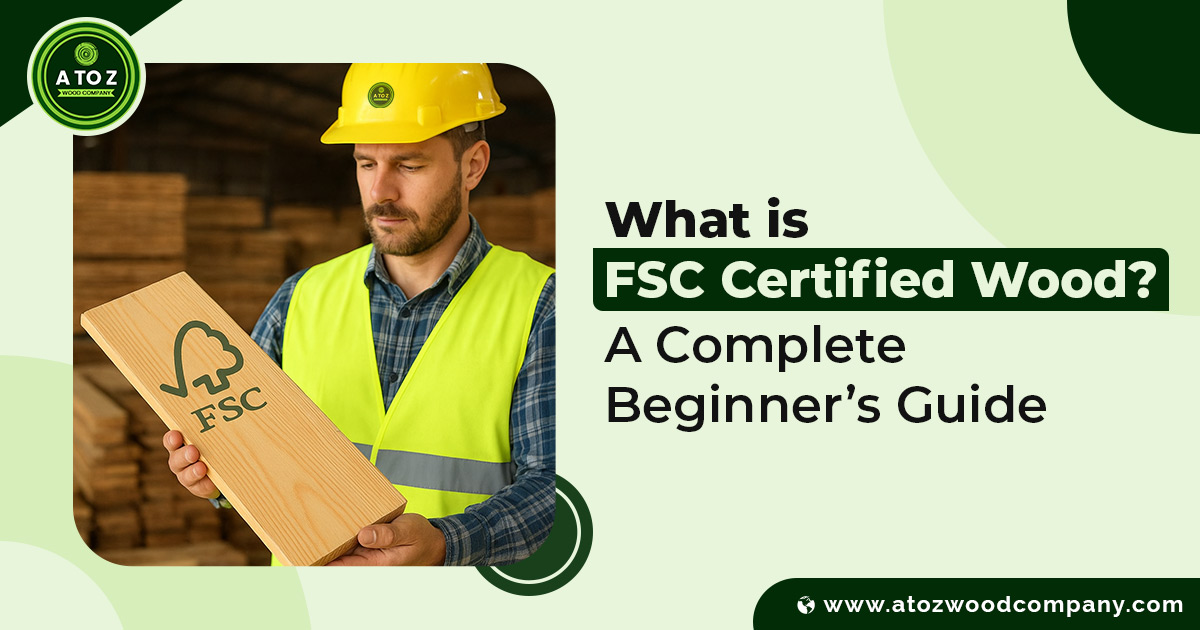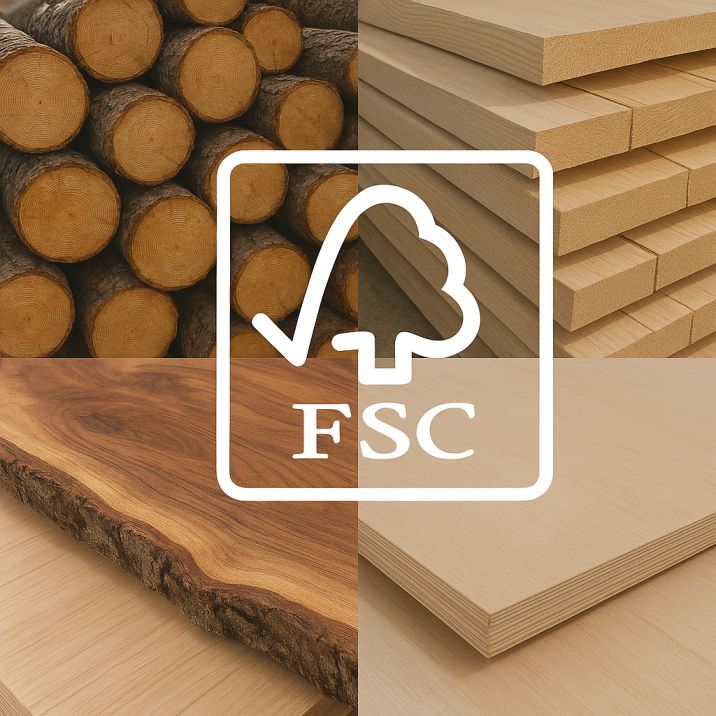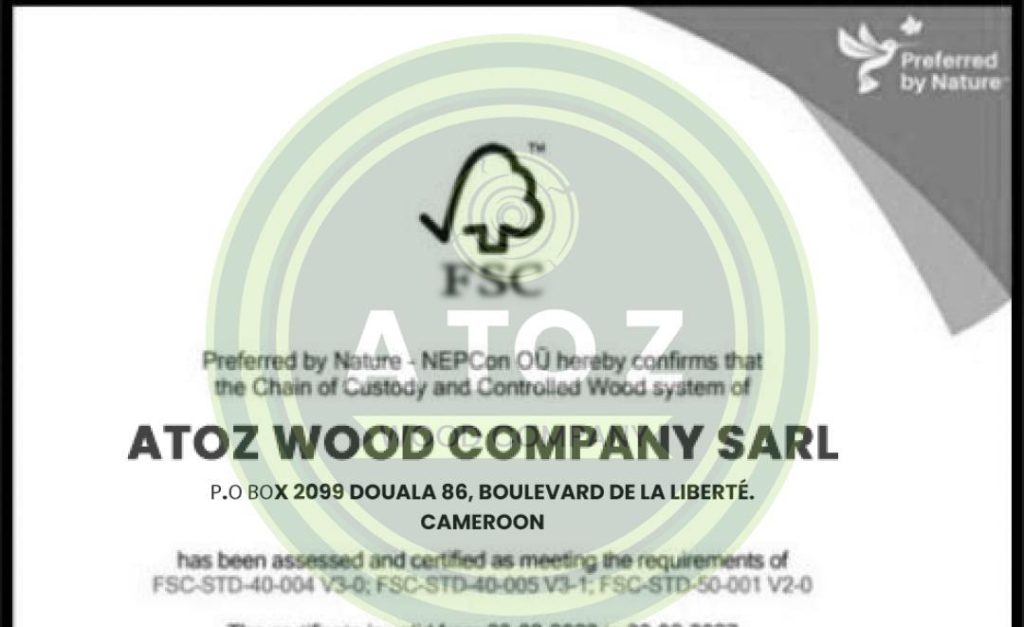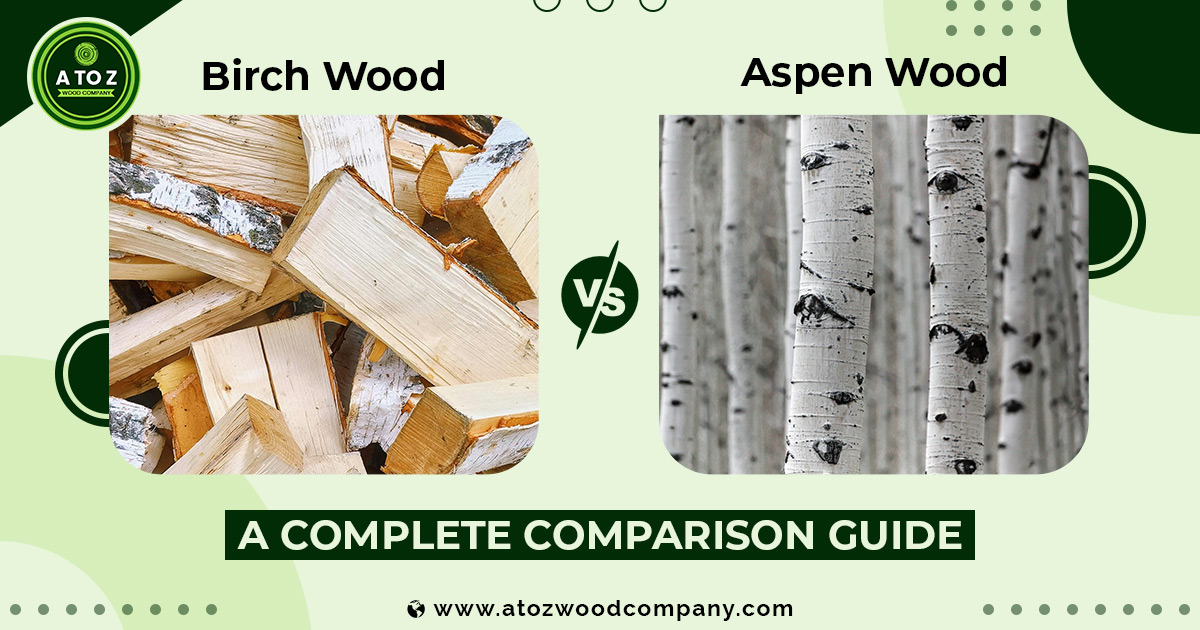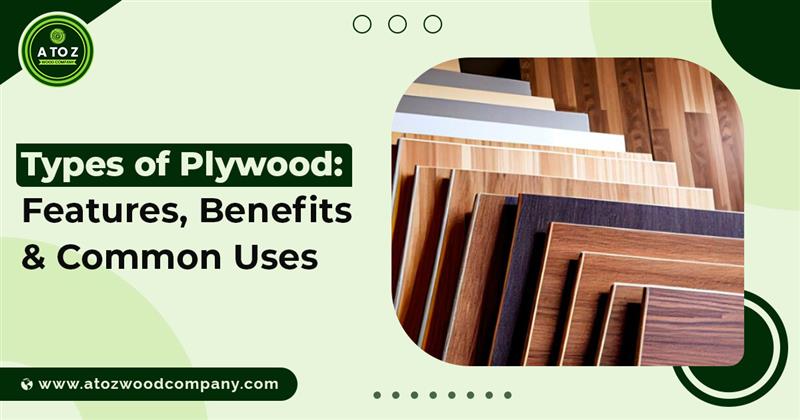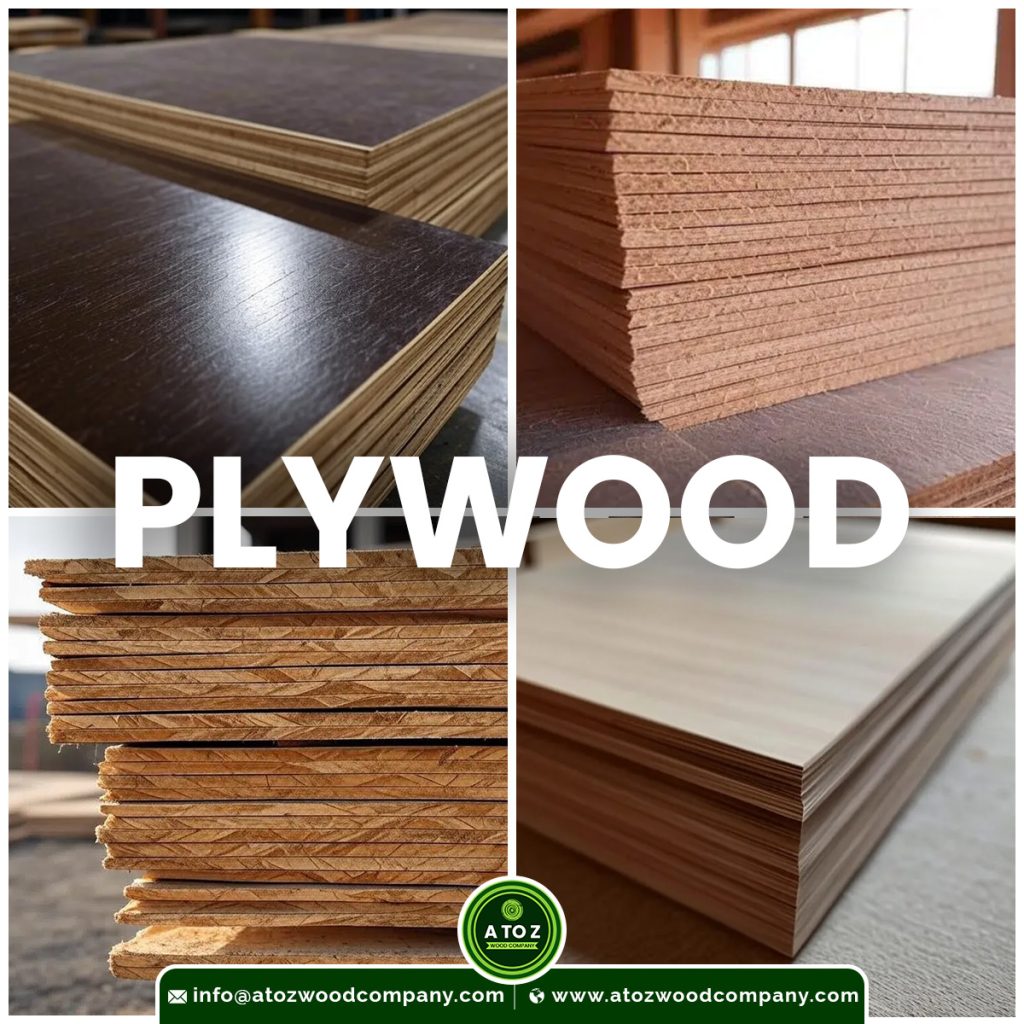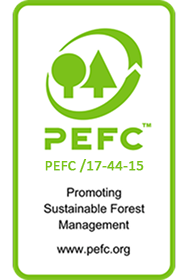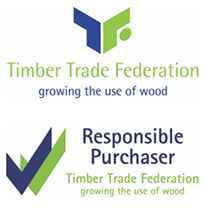When it comes to choosing high-quality wood for outdoor or indoor projects, two names always stand out — Redwood and Cedar. Both are naturally beautiful, durable, and resistant to decay, making them top choices for decking, siding, fencing, and furniture. But how do you decide which one suits your needs best?
In this detailed comparison, we’ll explore their durability, color, strength, maintenance, and cost, helping you make an informed decision for your next woodworking or construction project.
Overview of Redwood and Cedar
Redwood
It comes primarily from the coastal regions of California and Oregon (USA). Known for its rich reddish-brown hue, straight grain, and natural resistance to insects, redwood is prized for its strength-to-weight ratio and longevity. It’s a premium softwood often used in high-end outdoor constructions like decks, pergolas, and furniture.
Cedar
Cedar is another popular softwood, sourced mainly from Western Red Cedar trees in North America. It has a distinct aromatic scent and features a warm light brown to pinkish-red color. Cedar is widely appreciated for its excellent weather resistance, dimensional stability, and pleasant appearance, making it ideal for siding, shingles, and outdoor furniture.
Appearance and Aesthetics
Both have distinctive natural looks that appeal to designers and homeowners alike.
| Feature | Redwood | Cedar |
|---|---|---|
| Color | Deep reddish-brown tones that darken over time | Light amber to reddish-pink with subtle variation |
| Grain | Straight and even | Fine, uniform, and aromatic |
| Texture | Smooth and rich | Soft and slightly porous |
If you want a warm, luxurious look, Redwood’s deep red tone stands out. But if you prefer a lighter, natural aesthetic, Cedar offers a more rustic charm.
Durability and Weather Resistance
Both woods are naturally resistant to rot, decay, and insects, but Redwood tends to be slightly more durable due to its higher natural oil content.
-
Redwood: Contains tannins and natural resins that prevent rot, giving it a longer outdoor lifespan (20–30 years with proper care).
-
Cedar: Also resists decay and insects well but may require regular sealing to maintain longevity (15–25 years outdoors).
In humid or coastal climates, Redwood typically outlasts Cedar, but both perform exceptionally well compared to other softwoods.
Strength and Density
When comparing structural performance, Redwood is denser and stronger than Cedar.
| Property | Redwood | Cedar |
|---|---|---|
| Janka Hardness | ~450 lbf | ~350 lbf |
| Density | 450 kg/m³ | 380 kg/m³ |
| Load-bearing Strength | Higher | Moderate |
If you’re planning for heavy-duty decking, beams, or outdoor furniture, Redwood provides better structural stability and resistance to warping.
Maintenance and Longevity
Both require periodic maintenance to preserve their natural beauty.
-
Redwood: Minimal maintenance — can be left unfinished to weather naturally to a silvery gray patina or treated with a sealant to retain its color.
-
Cedar: Needs more frequent sealing or staining, as it’s lighter and can fade faster under UV exposure.
Cost Comparison
Cost often becomes the deciding factor.
-
Redwood: Generally more expensive due to limited availability and higher demand in premium markets.
-
Cedar: More budget-friendly and widely available, especially for large projects.
If cost is a concern, Cedar offers a more economical option without compromising much on aesthetics or performance.
Workability and Finishing
Both species are easy to work with, allowing smooth cutting, drilling, and nailing.
-
Redwood: Slightly denser, offering a cleaner finish and less tendency to splinter.
-
Cedar: Softer, easier to carve, and holds paint or stain effectively.
For custom designs or intricate projects, Cedar might be easier to handle, while Redwood provides a refined, polished finish.
Sustainability and Environmental Impact
Both Redwood and Cedar are renewable and sustainably harvested under strict forestry regulations.
At AtoZ Wood Company, we ensure all our wood products — including premium softwoods like Redwood and Cedar — are sourced from responsibly managed forests. Our eco-friendly harvesting methods protect biodiversity while providing high-quality timber for global clients.
Choosing either wood supports sustainable construction and environmentally conscious design.
Best Applications
| Application | Redwood | Cedar |
|---|---|---|
| Decking | ✅ Excellent | ✅ Very good |
| Outdoor Furniture | ✅ Excellent | ✅ Good |
| Fencing | ✅ Durable | ✅ Cost-effective |
| Siding | ✅ Luxurious finish | ✅ Rustic aesthetic |
| Pergolas & Gazebos | ✅ Premium look | ✅ Great performance |
| Interior Use | ✅ Warm tones | ✅ Light and aromatic |
Which One Should You Choose?
If you want premium quality, durability, and rich appearance, go with Redwood.
If you’re looking for affordability, good weather resistance, and ease of maintenance, Cedar is a smart choice.
Ultimately, both woods offer timeless beauty and performance — your final choice depends on budget, climate, and aesthetic preferences.
Conclusion
In the debate of Redwood vs Cedar, there’s no single winner — both are exceptional choices for sustainable, long-lasting, and visually stunning woodwork.
At AtoZ Wood Company, we supply high-quality Redwood and Cedar timber for decking, fencing, cladding, and construction projects across Asia, Europe, Oceania, and North America. Our commitment to sustainable sourcing, precision processing, and global delivery ensures you get the best wood for every project.
 +237 681 25 6934
+237 681 25 6934
